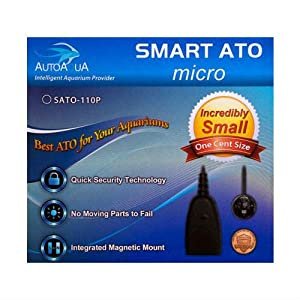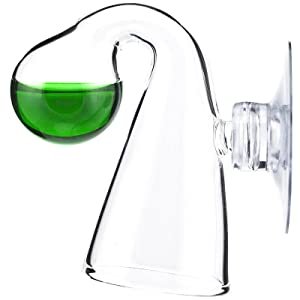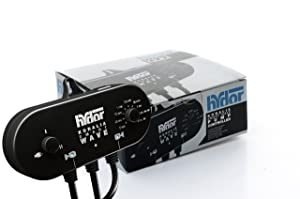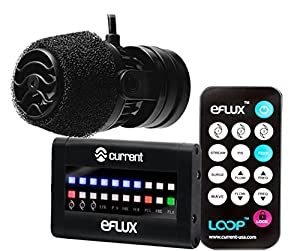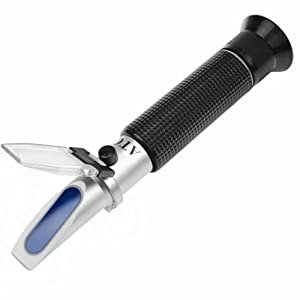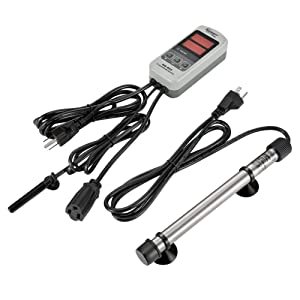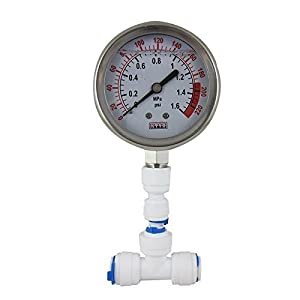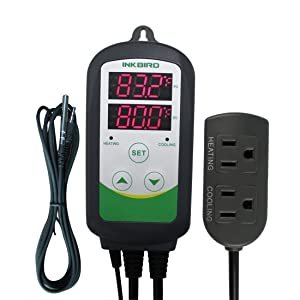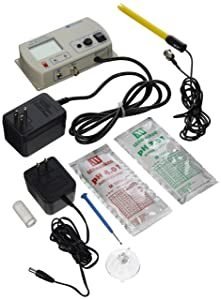Best LED Aquarium Lighting for Plants, Corals : If you are like many of us, take care of your pets, even the organisms in your aquarium!
Getting the best LED aquarium lighting is the best you can do for it.
Comparison Table
These lights were made especially for plants and corals, which are becoming increasingly popular. These LED aquarium lights are also very suitable for African cichlids, if you also have them in your aquariums.
These LED lights offer the optimal temperature and lighting conditions for your aquatic plants. These LED lights give corals and other aquatic organisms, freshwater fish or saltwater fish that live in your aquarium a special aesthetic.
A well-lit aquarium creates the illusion of depth, highlights your aquatic landscape, and highlights the color of your fish.
When growing live aquatic plants, you know that the quality of light is very important to maintain growth.
Live corals depend on the correct light spectrum and intensity to stay healthy in reef aquariums.
Aquariums not only bring beauty to your home, but also keep you entertained after stressful hours of work. However, to have a good aquarium, its light is very important, LEDs are essential. If you enter a house with a lighted aquarium, its beauty will fascinate you immediately, you will be very interested and you will see it for a long time. So when preparing an aquarium for you, LEDs are the basics.
How do I choose LED aquarium lights for Plants and Corals?
A large selection of LED aquarium lights is available on the market today. You might get quite confused at first, but if you know a few good questions to ask yourself, you’re almost settled.
Not all lights are suitable for all types of aquariums. There are a few things to keep in mind when shopping for the best aquarium LED lights. You are:
Aquarium size
The first thing to consider when choosing the most suitable LED lighting is the size of your aquarium. Depending on the size of your aquarium, the type of LED you choose varies.
The bigger your aquarium, the more light you will need. If you have a very large aquarium and need a lot of illuminated space, you need an LED whose light coverage is large and whose intensity is general.
Kind of Plants in the Aquarium
The second important factor is the type of flora you have in your aquarium. If your plants and corals are in their growth phase, you need a different light intensity than other phases of their life cycle.
Different types of plants have different lighting requirements and there are different LED systems. Therefore, you must choose a suitable one for your aquarium.
Intensity and spectrum of the light you want
As you explore the options available for your aquarium LED system, you will discover that you can choose from a variety of intensities and color spectra.
This is useful if it provides optimal lighting and types for a variety of plants and everyone needs to consider their specific ideal living conditions in a variety of growth stages or for corals.
Different intensities and light colors are suitable for different plants and their individual growth phases.
Features and budget
The last and most important factor is your budget. You don’t have to worry at all as the price range for LED lighting systems is huge and everyone can find what they need within their budget.
Each one has different functions, so you can only choose a system that you want and you don’t have to pay for the luxuries you don’t need. LED lights provide wonderful and efficient functionality for your aquarium at a very affordable price. The best part is that the range of features and prices makes this great product available to everyone in a way that fits their budget.
The 10 Best LED Aquarium Lighting for Plants and Corals
Listed below are some of the top aquarium lighting systems available on the market for 2020.
Each of them has its own advantages and ways to be the best LED available today. You should consider your needs and criteria and make your choice wisely.
Top Rated Led Aquarium Lights for Plants and Corals
1. Current USA Satellite Freshwater LED Plus Light Aquarium
This LED has been rated as one of the best due to its incredible properties. This full spectrum LED provides ultra bright 6500K illumination. The slim design makes it stand out from the crowd. This energy efficient LED is available at an incredible price.
Some of the best things about this LED are that it is lightweight and easy to use. It is easy to install and provides the perfect lighting for your aquarium.
2. AquaIllumination AI Prime 16 HD Reef Aquarium LED
Aquaillumination, leader in LED reef aquariums, has released an updated version of the AI ​​Prime light.
AI Prime HD uses a new LED driver system that makes lighting more efficient.
Here’s how it works: Instead of dimming all the colored LEDs, the new HD controller system dims unwanted colors and sends the power supply to the desired LEDs to make them brighter.
Prime HD + Aqua Illumination Aquarium LED compact lamp
More on Amazon
More at MarineDepot
The HD controller system offers better light tuning and optimization without affecting intensity.
The Prime HD uses an array of 13 Osram, Cree and SemiLED diodes. The lamp contains one green and one UV LED to promote photosynthesis of zooxanthellae in reef corals and other inversions. Each LED uses an 80 ° lens for an even mix of colors and PAR distribution under the aquarium light.
The Prime HD is 4.8 square inches and 1.3 inches thick. This is perfect for nano aquariums that need a compact light. Multiple devices can be used over larger reef and saltwater aquariums.
3. Best Simulation: Finnex Planted+ 24/7 LED Klc Aquarium LED Light
With this product you can easily simulate sunset and sunrise in the aquarium. Currently, many people are looking for products that grow as the natural environment for fish. The characteristic of this LED is to illuminate a fresh dawn in the aquarium, then there is a moment that has the same bright color as noon and finally the sunset with the color of the red sun. You do not have to control it as this cycle changes by itself. The highlight of this LED light is a very realistic simulation.
You can easily configure and select functions because the manufacturer provides a remote control design. You can also use the remote control to switch from one mode to another. There are four memory card slots on the remote, which you can use to easily download or save your settings. The construction of this model has transparent legs that can easily slide in and attach to a shorter aquarium. The manufacturer has supplied screws so you can easily screw them into aquariums without rim. It will look good even with prolonged use as the materials are of good quality.
4. Current USA Orbit Marine Aquarium LED Light
An LED system has to perform exceptionally well to be on the list of the best LED lights. With this special LED, you can take care of your plant as best as possible using the different light intensities and discovering the different phases of plant growth and thus creating the ideal environment.
Despite a variety of functions, this LED is available at a very reasonable price. You will be surprised by the advantages offered by this special LED. The design of this LED system is designed so that you can easily light a standard size aquarium without having to worry about generating heat and increasing the temperature in the aquarium.
This LED system is available at a very reasonable price. The size of the LED varies between 18 and 60 inches and it is quite easy to use. This LED also offers a simple color adjustment function for your convenience.
5. EcoTech Marine Radion G4
Ecotech Marine, a U.S. based reef equipment manufacturer, is known for its Radion series of aquarium LED lights.
Ecotech updates its LED lights when new technologies offer significant added value.
The G4 (Generation 4) is the latest update to the Radion family.
EcoTech Marine Radion XR30w G4 Pro LED Light
More on Amazon
More at MarineDepot
There are three versions of the device. The XR15w Pro (~ 95 watts max.) Contains an LED array. The XR30w Pro (max. ~ 190 watts) contains two sets of LEDs. The XR30w (max. ~ 150 watts) has a cluster with six channels.
All models have efficient aluminum heat sinks and a super quiet fan. Both Radion Pro models have eight adjustable color channels. You have complete control over each color LED.
Radions use high-quality CREE, OSRAM, and Semiled diodes to obtain accurate and consistent color for each color diode. This also ensures that multiple luminaires produce the same quality and quantity of light.
Ecotech has developed its own HEI (Hemispherical Edge Illumination) lenses to improve color mixing and distribute PAR light evenly throughout the tank. Both aquarium lights are EcoSmart Live (ESL) compatible. With EcoSmart Live you can wirelessly control and program Radion lights along with VorTech pumps.
6. Best for Trees: COODIA Aquarium Hood Lighting Color Changing
If you own a large aquarium, this is the LED light for you. This product is extremely long and light, ideal for many aquarium trees. Many people like this product because it has many light modes and many colors. Thanks to this colorful model, it is suitable for many aquariums. Your plants in the aquarium grow better thanks to the LED light. This light is useful and suitable for today’s aquatic plants.
Thanks to the expanded frame, you can adjust the size of this model. You can also use the bracket to adjust the length to the aquarium. With the above configuration, the light covers every part of the aquarium without being difficult to use. With energy saving features, the model has an extremely professional design and power supply. The durability of the product is undoubtedly really excellent and attracts many people with a lifespan of over 10,000 hours. You don’t have to worry about using it as they are simple. Just plug it in and you’re done.
7. VIPARSPECTRA Timer Control 165W LED Aquarium Light
VIPARSPECTRA is a full spectrum aquarium lamp with a special design. The different colored lights are arranged crisscrossed between the white bulbs. Although the design seems random, the company assured its users that this design has been researched and approved by thousands of Reef Central members to maximize the health and growth of aquatic plants and coral reefs in its tanks.
Due to the full spectrum of light and the provision of many different light waves, this lamp is suitable and healthy for all photosynthetic corals. It helps them grow better and maintain vibrant color.
The bulbs are divided into different channels. They can all be fully programmed. The timers are integrated into each channel, with which you can program the intensity, as well as the on and off times for each individual light channel. This feature makes this device almost completely customizable.
Different types of fish require different intensities and amounts of light at different times of the day. With this programmable timer feature, you don’t have to rush back from work or wake up at night to turn on the light, and you’ll never forget to dim your fish’s light.
8. Kessil A360X Tuna Blue LED Aquarium Light
The Kessil A360X is the latest in the tuna series. The A360X is thinner and even brighter than previous versions and features proprietary LED assemblies that were assembled at the Kessil plant in California.
A new and highly efficient “sunflower” heat sink dissipates heat silently and gives the device a long life. As with previous models, one button controls overall intensity and another controls the color mix of the blue / white LED.
Kessil A360X
More on Amazon
More at MarineDepot
However, with the wired Kessil Spectral Controller X, the full performance of the new device is released.
The controller gives you full access to all fine-tuning functions, including programming modes, color mixing, and intensity.
The A360X can be daisy chained in a network, but each light can be controlled independently. The A360X series has a smoother dimming curve for more natural sunrise and sunset effects. The light spectrum generated varies from 10,000 K to actinic blue. The LED light can be hung on a bracket or ceiling mount.
This LED aquarium light is intended for lighting reef aquariums. The Kessil A360X comes in a light blue bluefin tuna model for reef aquariums and a full spectrum tuna sun model.
9. Best Quality: Beamworks DA 6500K LED Pent Aquarium Light
You will be satisfied with the best aquarium lighting if you choose this brand. The company’s products, which have been known for many years, can have a long useful life because their materials are of high quality and the accessories are manufactured in the best possible way. Compared to double tube fluorescent lamps, this model is much better. To promote tree growth, you must select the correct type of light that suits you best. With the 6500K spectrum LED that the manufacturer has equipped for this product, the best light stays in the tree.
This model is equipped with resistant materials so that the LEDs can work for a longer time. You can light as long as you want in a freshwater aquarium. It can fit in many different types of aquariums because its design is very different. You don’t have to replace the bulbs because LEDs can be used for a long time. This is a great advantage for this product. Perhaps you are tracking an interface for your aquarium with a timer module, the operability of which is too easy to program.
10. Finnex Planted+ 24/7 Fully Automated Aquarium LED
Finnex Planted + is designed for planted freshwater aquariums.
The lamp is made of lightweight extruded aluminum. This offers a robust device with heat dissipating properties.
Finnex Planted + 24/7 Fully Automatic Aquarium LED
More on Amazon
The aluminum bracket is located on top of the aquarium on acrylic legs. The legs have thumb screws to attach the light to the aquarium frame.
The Finnex Planted plus has a high-quality 7,000K daylight, as well as red LEDs that amplify the light in the 660 nanometer range. This slight increase in the red spectrum stimulates plant growth.
The programmable feature 24 hours a day, 7 days a week, starts with a cool, bright sunrise, turns into a warm sunrise morning, followed by intense color that shines high at noon and dwindles to a sunset. sun with the red sun, and ends with a starry moonlight and blue night. .
The remote control selects presets such as thunderstorms, cloudy days, sunny days, and moonlight at the push of a button. There are four programmable blank presets that can be used to store custom color combinations and light intensities.
The Finnex Planted + LED Aquarium Lamp is available in 20 “, 24”, 30 “, 36”, and 48 “lengths.
YOU MAY ALSO LIKE BELOWÂ
- Top 10 Best LED High Bay Lights
- Top 10 Best LED Recessed Lighting
- Top 10 Best UV Light for Koi Pond
- Top 10 Best LED Lights for Planted Aquarium
- Top 15 Best Outdoor LED Flood Lights
- 15 Best LED Flame Bulbs in 2021
- Top 10 Best LED Lighting for Reef And Saltwater Tanks



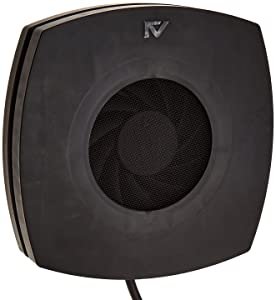
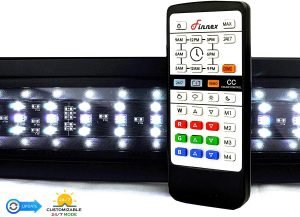



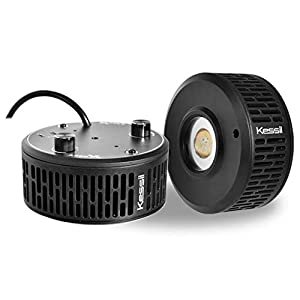

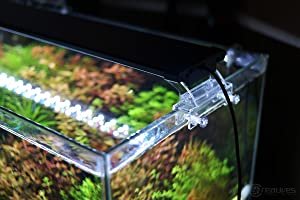

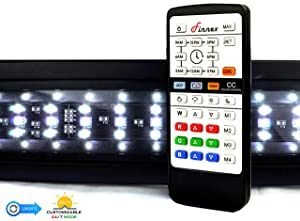

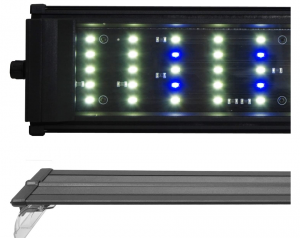
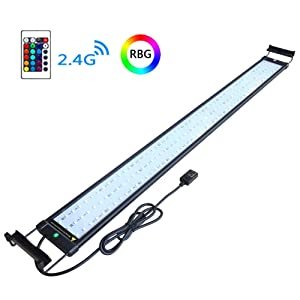

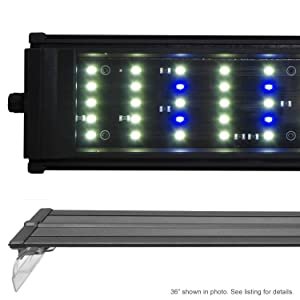
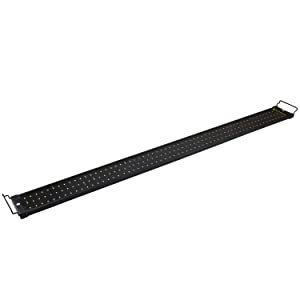

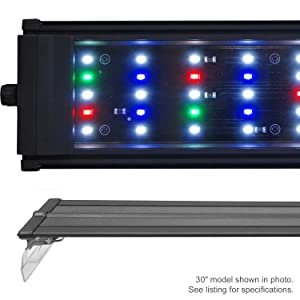

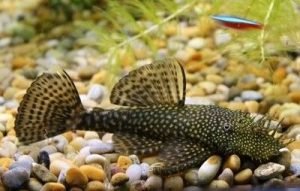
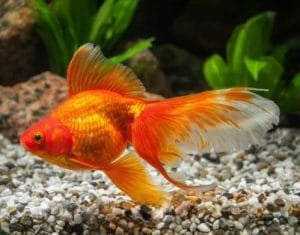


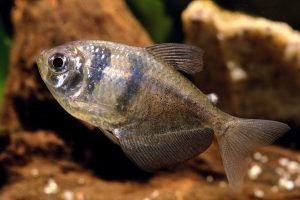



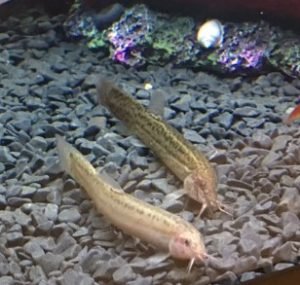



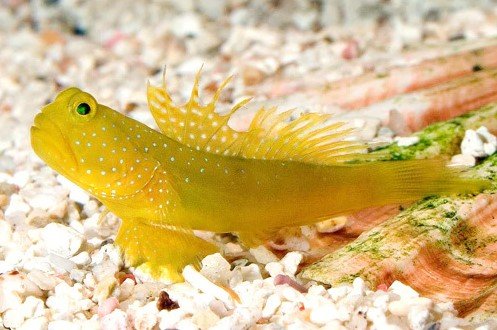



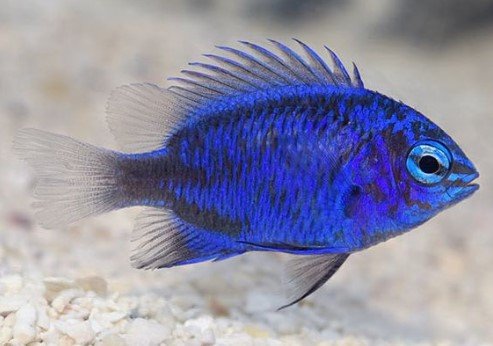





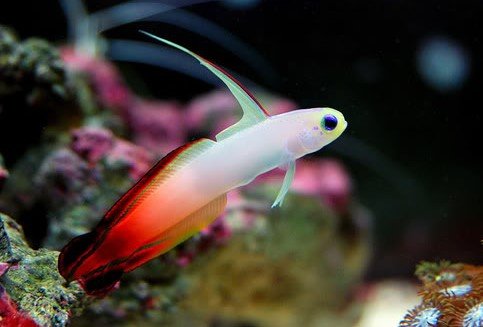
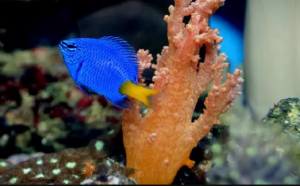
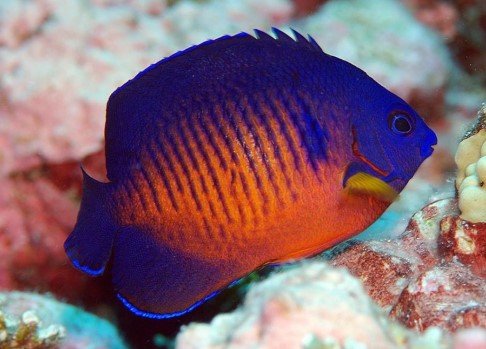
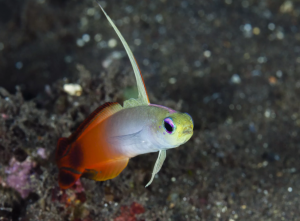
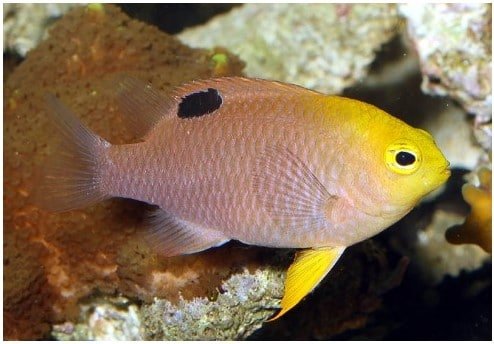
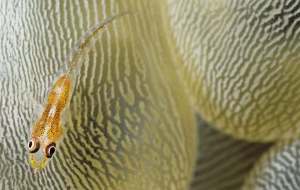

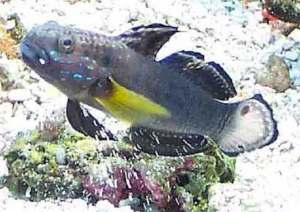
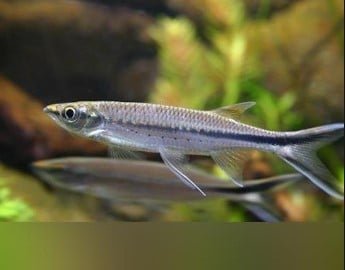
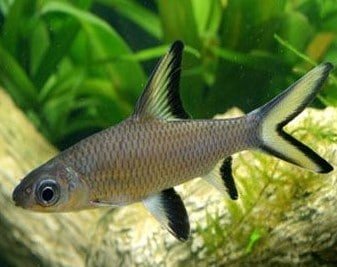
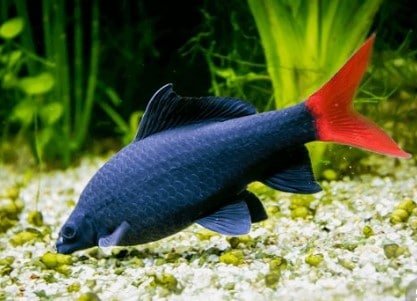
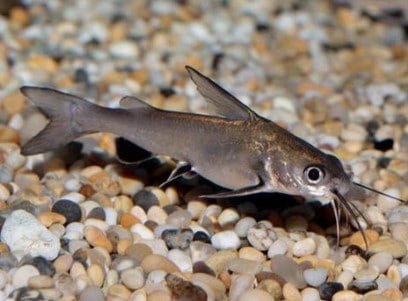
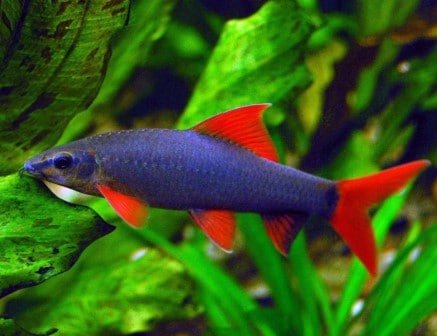
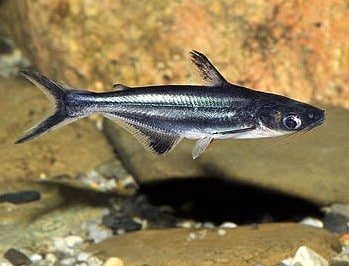

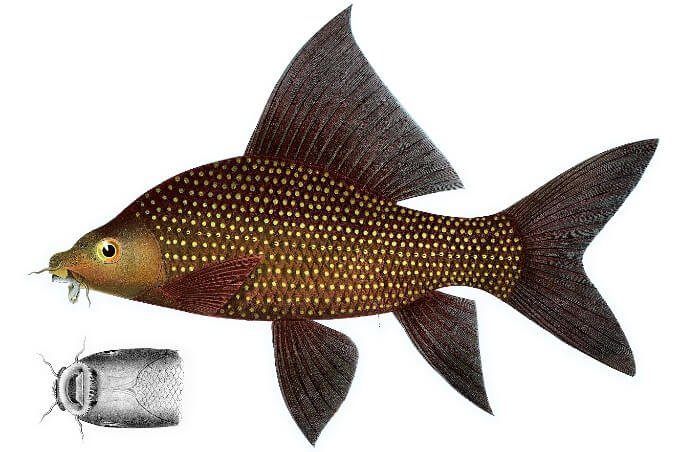
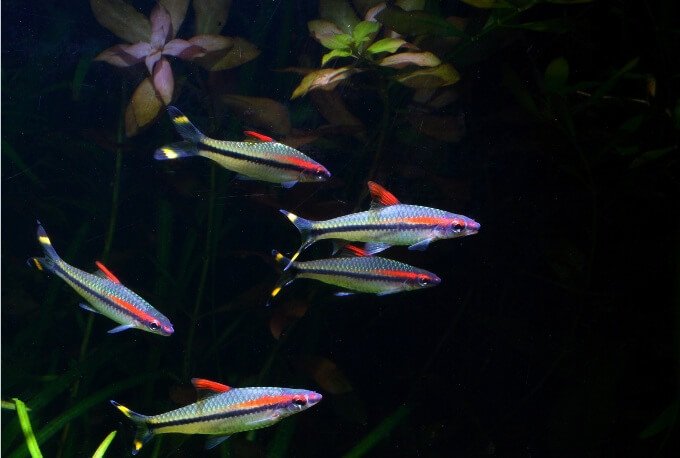
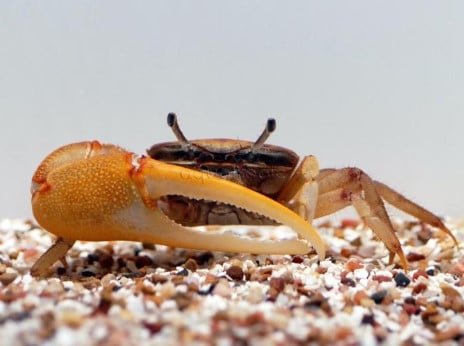
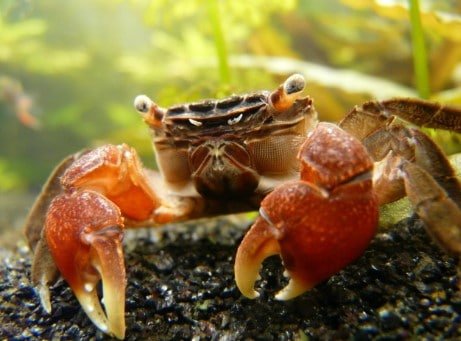

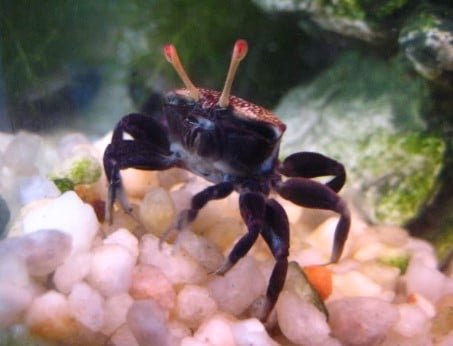
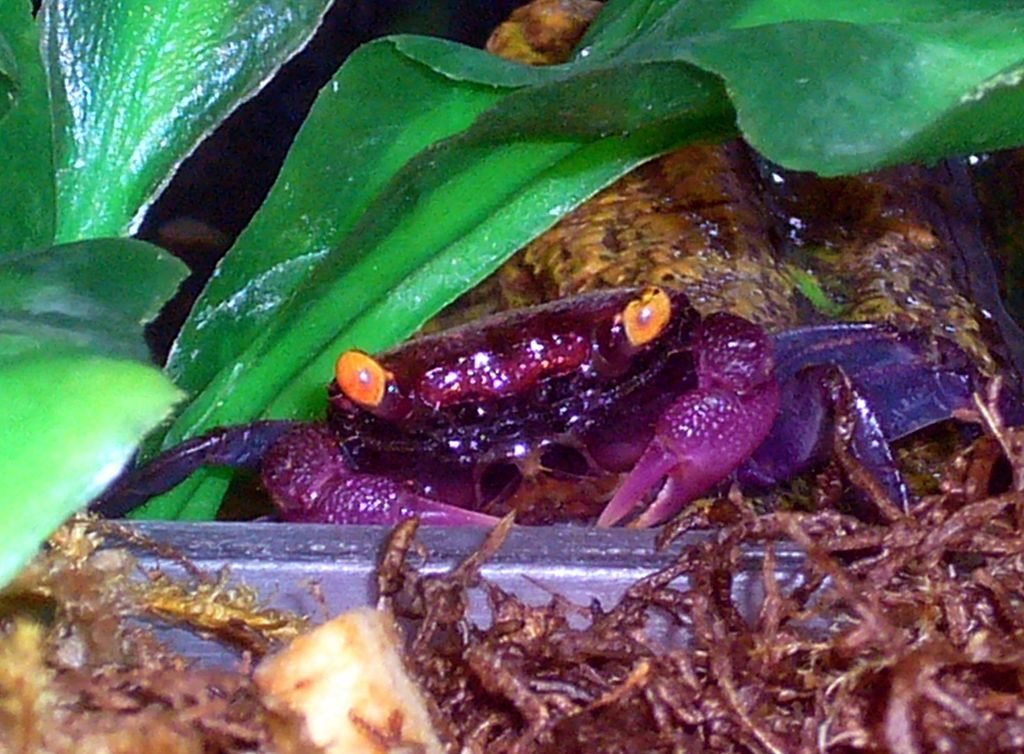


![Your Guide to the Best Silk Aquarium Plants [2023] artificial plants for an aquarium](https://aquariumhunter.com/wp-content/uploads/2021/07/artificial-plants-for-an-aquarium-720x300.jpg)
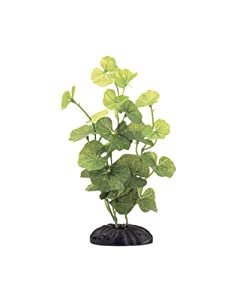
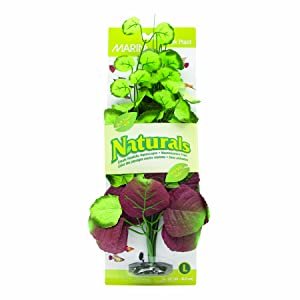
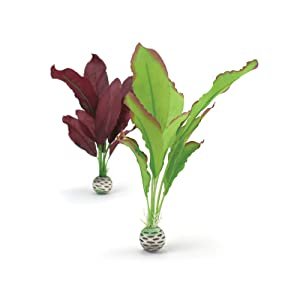
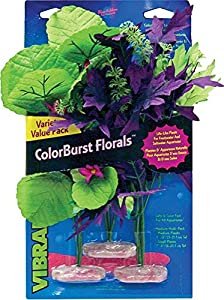

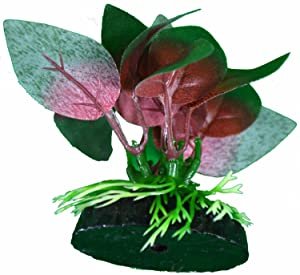
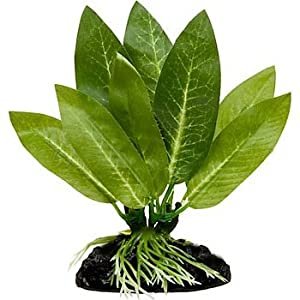


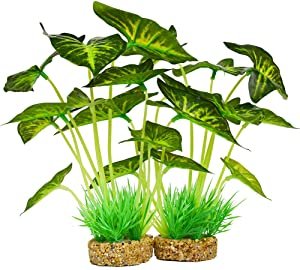


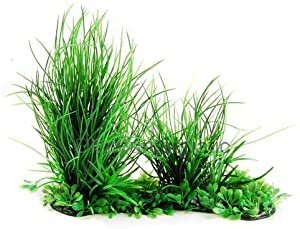



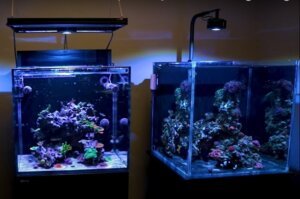






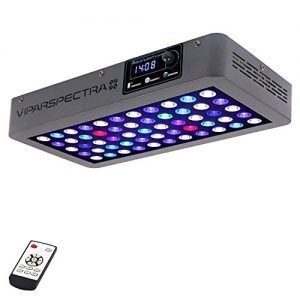


![[Latest 2023] Top 9 Best Aquarium CO2 Regulator For Planted Tank Care [Latest 2023] Top 9 Best Aquarium CO2 Regulator For Planted Tank Care](https://aquariumhunter.com/wp-content/uploads/2021/06/Pro-Elite-Series_0c37e3b2-2916-46f1-8f64-321db3116fc7.jpg)

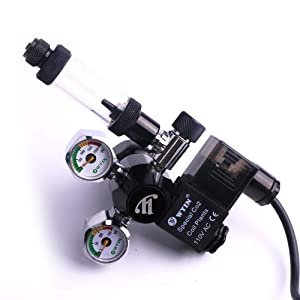

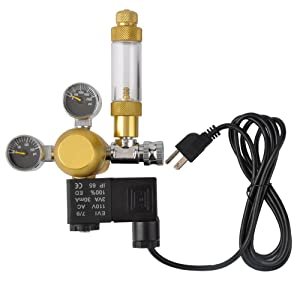
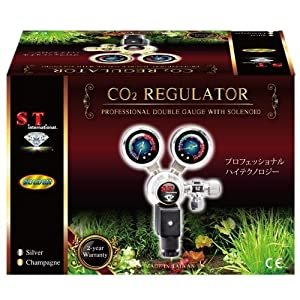
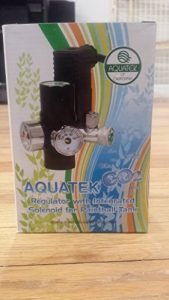
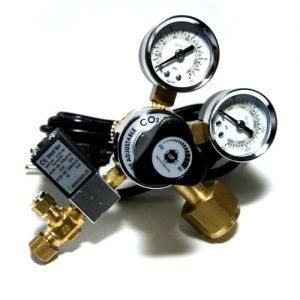

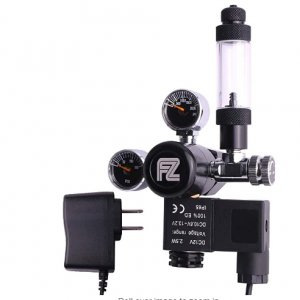
![[Latest 2023] Top 10 Best Aquarium Monitoring System Controllers [Latest 2023] Top 10 Best Aquarium Monitoring System Controllers](https://aquariumhunter.com/wp-content/uploads/2021/06/best-aquarium-controller-and-monitoring-system.jpg)
